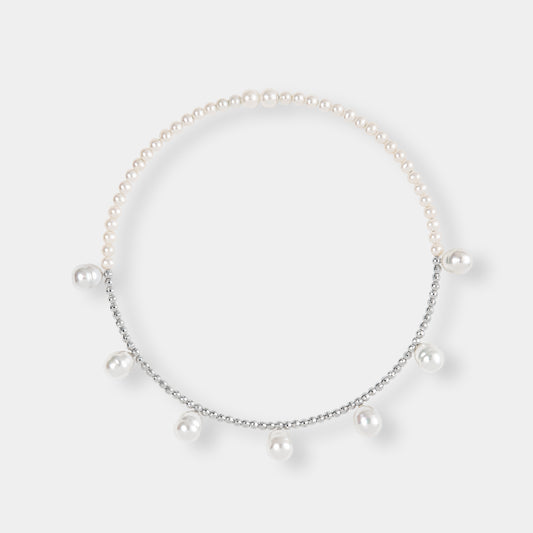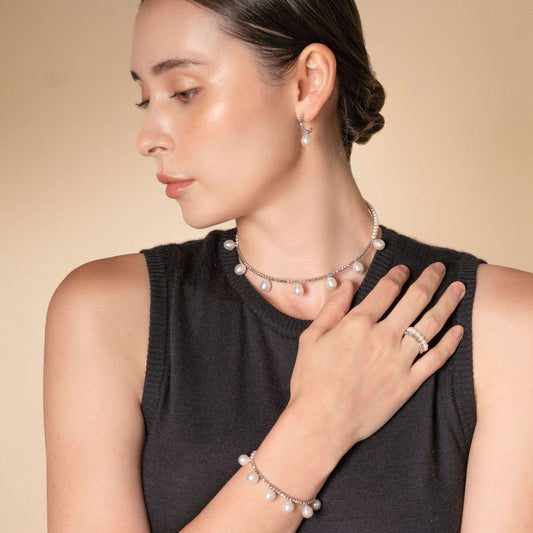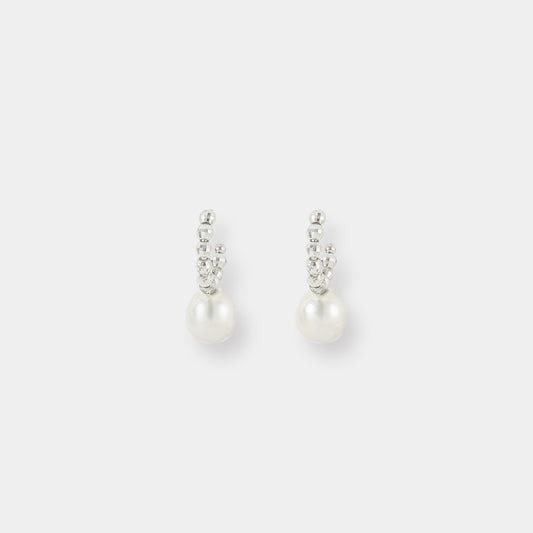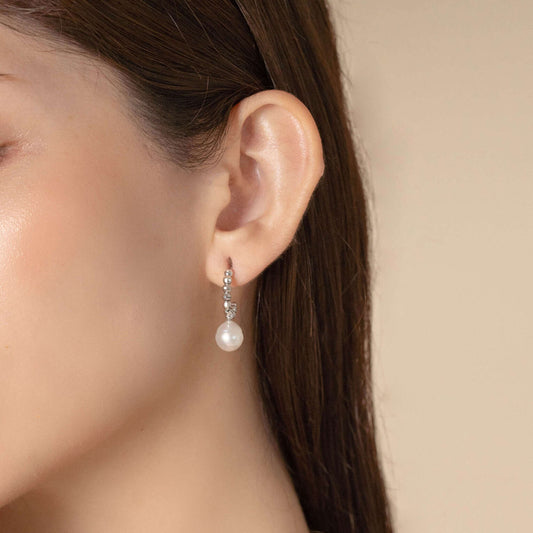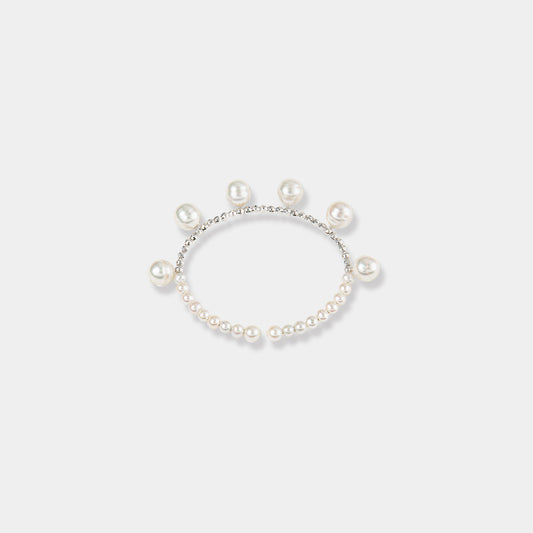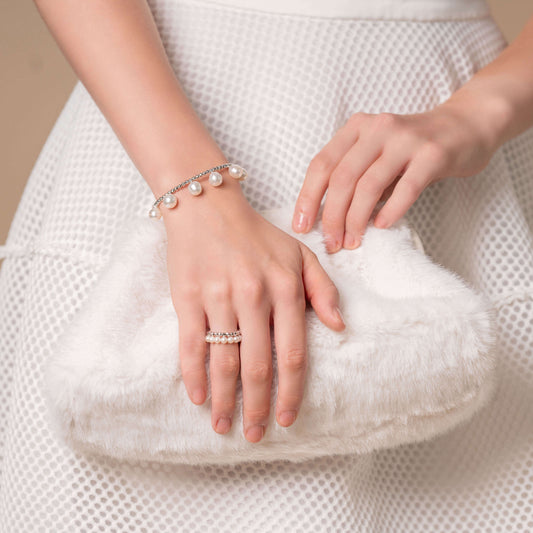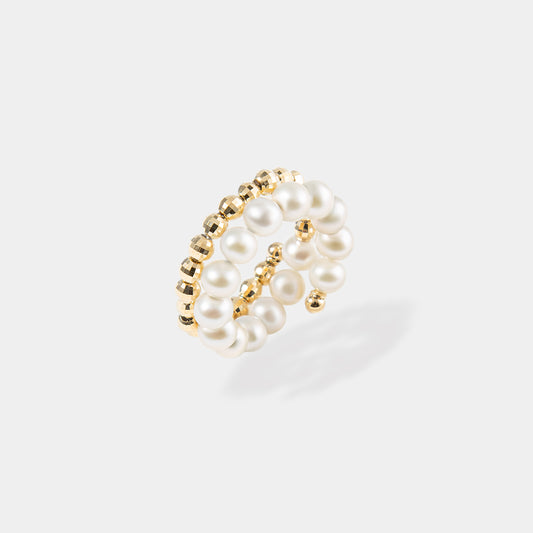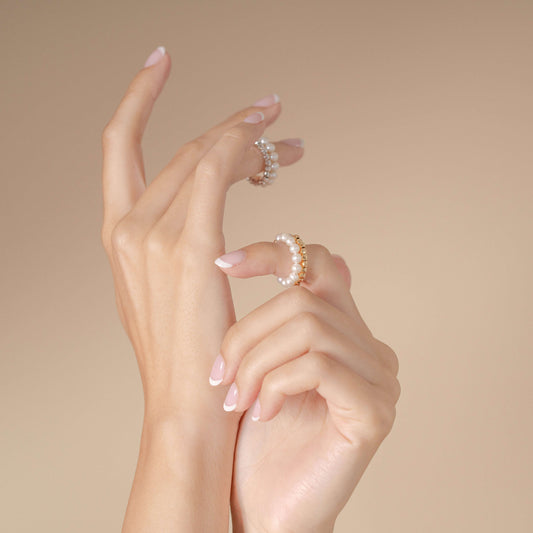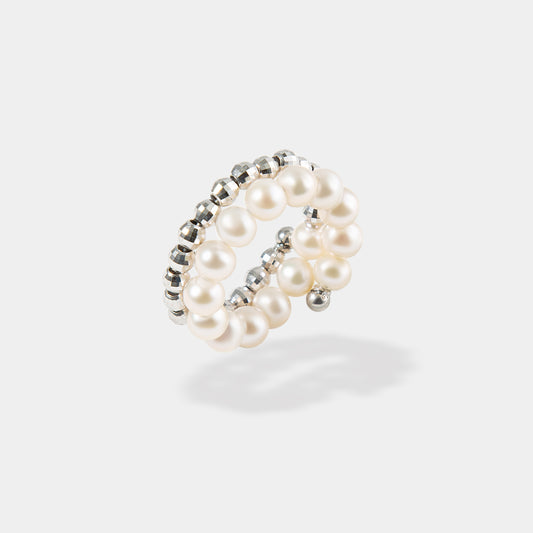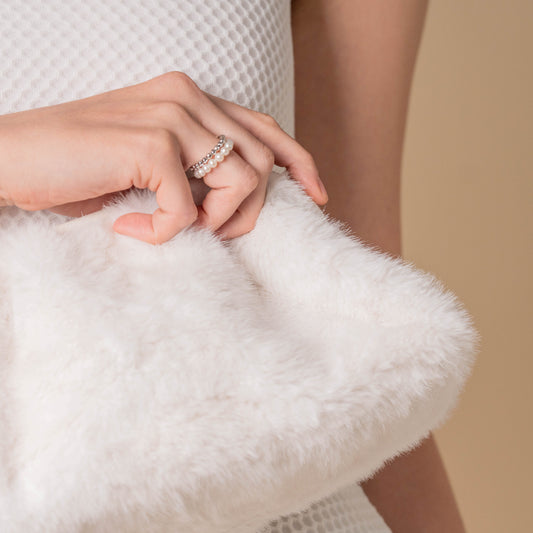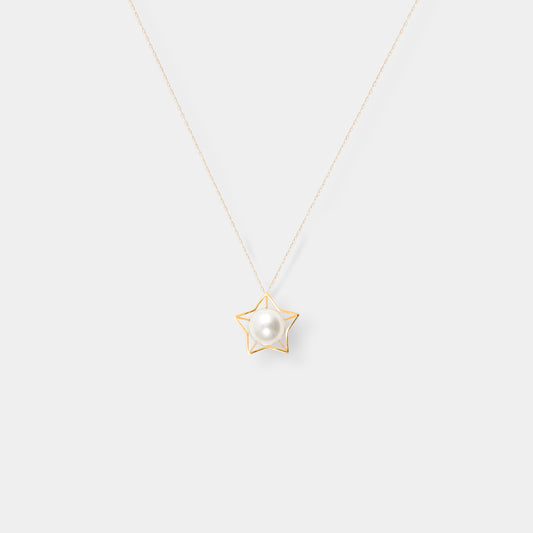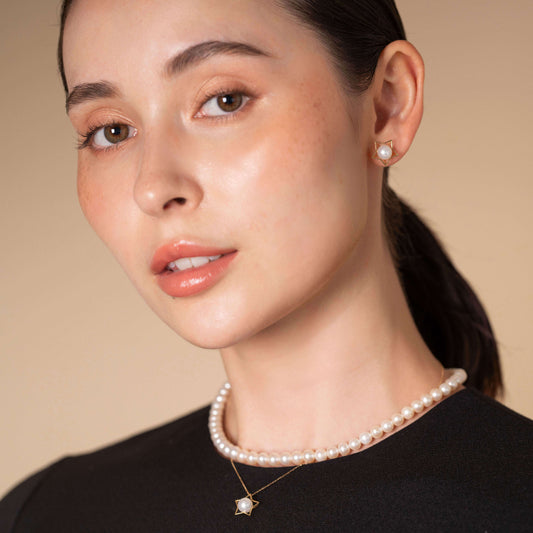Learn About Pearls
Pearls, also known as the mother of all gemstones, have been loved by people for centuries. Pearls have a long history, with Cleopatra drinking melted pearls and the Queen of England adorning her tiara with pearls.
Interestingly, the formation of pearls is very unique and unlike any other gemstone on earth. Pearls can be naturally occurring or cultured, but most pearls on the market today are cultured. 19th century, MIKIMOTO invented a method of culturing pearls in which a nucleus is inserted by hand into the pearl shell. The nucleus is generally a shell that has been ground into a round shape. Natural pearls, on the other hand, are formed when foreign substances such as pebbles, sand, or sea insects enter the shell instead of the nucleus.

The major difference between the two is whether the foreign material was seeded into the shell by human hands or naturally. After the seeding process, the shellfish are carefully selected and put into the sea or fresh water through specially crafted cages. The nucleus placed inside stimulates the shell to secrete layers upon layers of nucleus, thus producing pearls. This process generally takes from one to three years, depending on the type, size, and quality of the pearl. Over time, the shells cover the pearls, allowing them to grow to larger sizes and better luster, but the condition of the shells must be constantly monitored because even the slightest change in the condition or position of the shells can distort the shape, luster, and speckles of the pearls. For this reason, the shells in the farms are constantly pulled out of the sea, cleaned, observed, and adjusted.

Types of Pearls
Pearls come in many shapes, but perfectly round pearls are the rarest and most valuable. Pearls can be drop, button, baroque, or circle-shaped, each with unique characteristics that make their beauty different in the eye of the beholder. In other words, regardless of price, people have different likes and dislikes.

